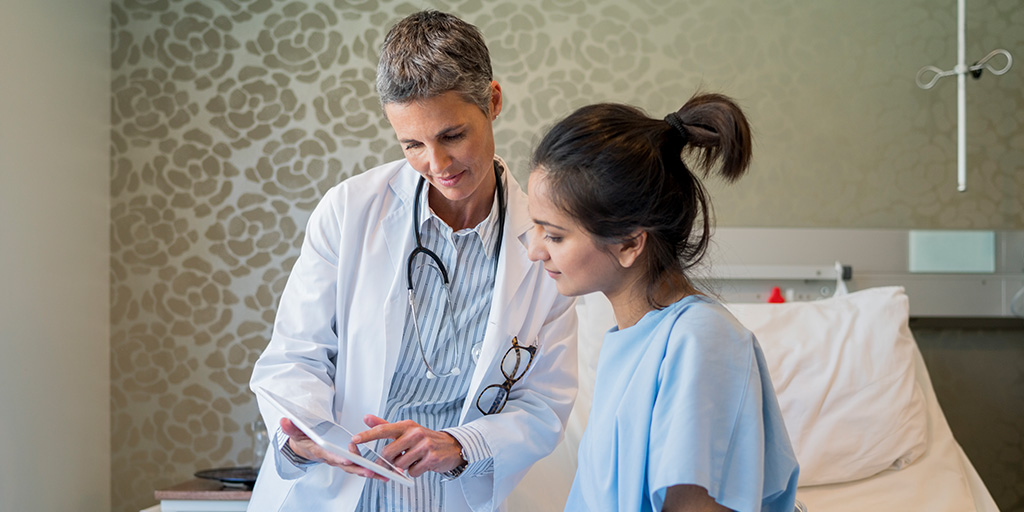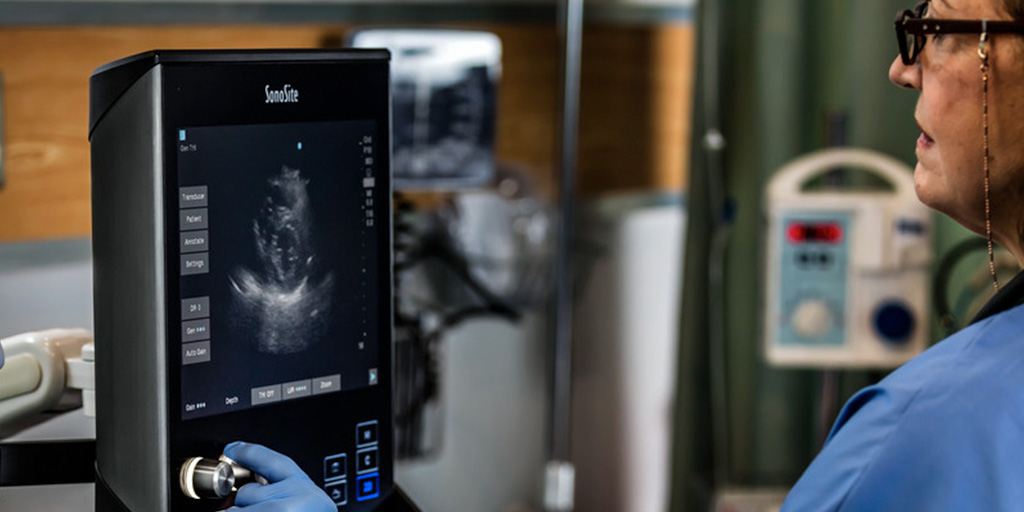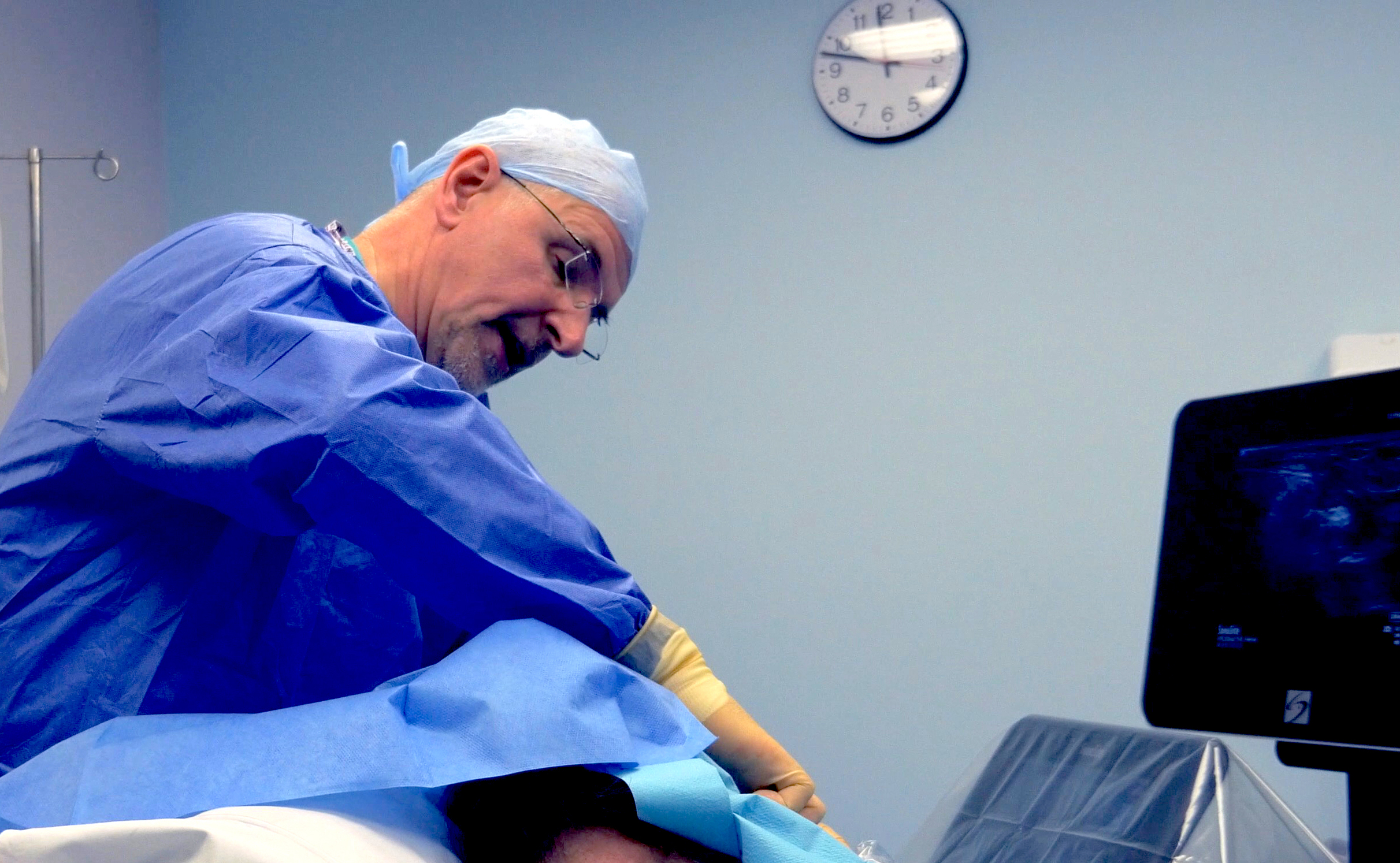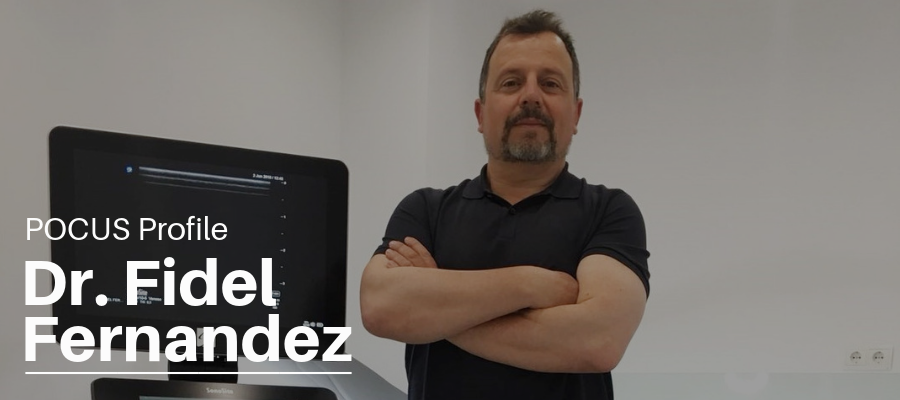Fujifilm Sonosite and Partners HealthCare Launch Artificial Intelligence Initiative





Allison Byrne is a physical therapist and co-leader of a medical team from the Park Community Church in Chicago. She recently returned from a medical mission to assist the Light Evangelism Ministry (LEM) clinic in Fendell, Liberia. The LEM clinic provides diagnoses and treatment via IV and oral medications to any patients who come to be seen with only limited electricity from a generator.



The Economic Times Healthworld recently interviewed Dr Vikas Kohli, an American Board Certified Paediatric Cardiologist with more than 20 years of experience. Based in the Delhi Child Heart Centre in New Delhi, Dr. Kohli practises non-invasive, interventional paediatric cardiology and foetal cardiology.

Feliz, a Sumatran orangutan living in Audubon Zoo in New Orleans, Louisiana, is expecting her second child. Feliz’s newest offspring is due late this summer. “All of the work that the primate care team has done has paid off, and we could not be more excited to have a baby orangutan on the way,” says Courtney Eparvier, Curator of Primates and Sea Lions at the zoo.



Dr. David B. Goodie, a Specialist Anaesthetist with the Fiji Orthpaedic Outreach, recently returned from a weeklong charitable medical mission in Fiji. For this mission, Sonosite lent Dr. Goodie an M-Turbo, which he promptly put to good use at the Lautoka Hospital in Fiji. He writes:




The use of opioids in the ICU and the post-operative period is common, with patients often receiving opioids even after simple surgeries. Though opioids are effective in providing fast pain relief, the side effects of respiratory depression, cough suppression, confusion, drowsiness, nausea, vomiting and potential addiction make the sole reliance on opioids risky.

India and Southeast Asia are home to the endangered Asian elephant, which is rapidly declining in numbers due to poaching and habitat destruction.

In the last decade there has been a widespread adoption of portable ultrasound in point of care (POCUS) for primary care.

Professional sportsmen and women rely on rapid, accurate assessment and treatment of injuries to allow them to regain match fitness and return to the field at the earliest opportunity.
According to the World Health Organisation, much of the world’s population has no access to ultrasound imaging. From the jungles of Panama to the mountains of Nepal, the clinicians that are a part of our Global Health Programme and help bring ultrasound to the point of patient care are our greatest source of inspiration.
To celebrate 20 years of helping clinicians bring ultrasound to the point of care, Sonosite partnered with Canadian NGO Bridge To Health and Uganda's Kigezi Healthcare Foundation
Dr Mandy Masters purchased a Sonosite iViz in 2018 while attending a Rural Hospital Conference trade show where Sonosite was exhibiting. Intrigued by this new compact ultrasound device, her husband, Dr Jonathan Masters, began to borrow the iViz for his own clinical work at a private practice.
They now have a weekly iViz ‘sharing’ system in place.
We asked both doctors how they use point-of-care ultrasound in their respective jobs.

An advocate for the expansion of the use of point-of-care ultrasound, Dr. Yasmin Endlich is an anaesthesiologist who practises medicine in Australia and regularly travels to Papua New Guinea to provide medical training to local physicians. Here, she explains why nerve blocks are a crucial tool in a rural anaesthetist’s arsenal:

Ultrasound-guidance has proven invaluable for the regional neurosurgical centre at the Salford Royal Hospital outside Manchester, England.

Ultrasound is a vital tool for vascular surgeons in the 21st century. In the following essay, Dr. Fidel Fernández Quesada, a sixth-generation vascular surgeon and associate professor at the University of Granada, Spain, describes the difference that ultrasound has made to his clinical practise, and reflects on what his forefathers would have made of such technological advancement.